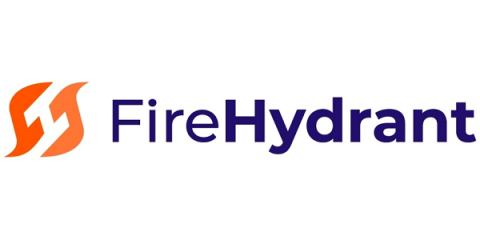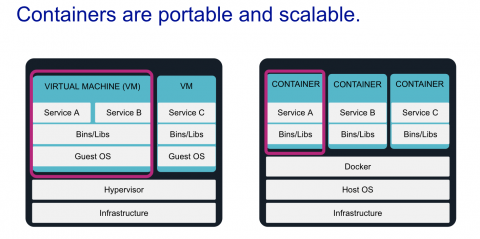How FireHydrant's CI/CD infrastructure fixes bugs faster
Almost everyone knows that working with third-party APIs can be challenging. Sometimes the errors happen unexpectedly. Sometimes the error information that you receive is inaccurate. While most people feel these pains acutely, I’d like to share how we answer these challenges at FireHydrant and how it’s helped us avoid headaches and stress.










